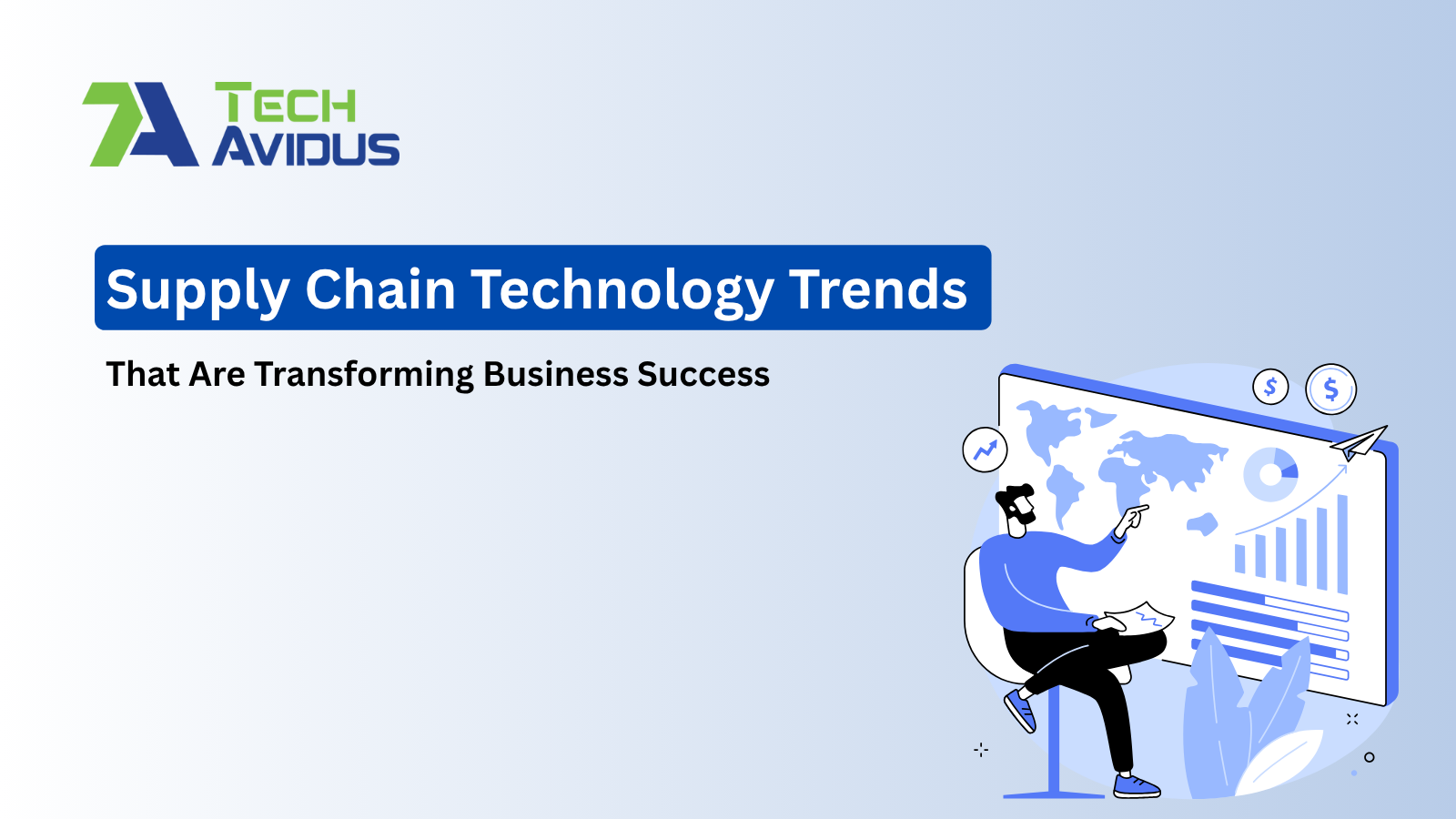
In 2025, the global supply chain landscape is undergoing a massive transformation. Fueled by AI, IoT, blockchain, and advanced analytics, supply chain technology trends are not only improving logistics and operations but also shaping how businesses compete and grow.
If you're struggling with inefficiencies like overstocked inventory, lack of visibility across warehouses, or delivery delays, it's time to embrace what modern tech has to offer.
AI and machine learning are enabling smarter demand forecasting, anomaly detection, and automated decision-making.
✅ Example: Retailers like Walmart use AI to predict product demand and adjust inventory automatically.
How it helps:
🔍 Answer:
Why is my inventory always either overstocked or understocked? - Poor demand forecasting, manual decision-making, and lack of real-time data are often the culprits. AI-based predictive analytics helps adjust stock levels dynamically based on trends and historical data.
Technologies like RFID, GPS, and cloud-based dashboards provide end-to-end visibility across the supply chain.
How to improve supply chain visibility across multiple warehouses?
Use integrated systems like WMS (Warehouse Management Systems) connected with IoT sensors and cloud ERP to track real-time inventory, temperature, and transit conditions.
🌐 Example: DHL uses real-time tracking and temperature monitoring for pharmaceutical shipments.
Blockchain enables secure and immutable tracking of products across every touchpoint.
🔐 Benefits:
💡 Use case: IBM Food Trust leverages blockchain to trace food from farm to fork in seconds.
IoT devices are transforming third-party logistics (3PL) by enabling automated fleet tracking, cold chain monitoring, and predictive maintenance.
Role of IoT in third-party logistics (3PL):
AGVs are self-guided mobile robots that transport materials across a warehouse without human intervention. In the future:
A digital twin is a virtual model of your supply chain that evolves with it. Companies will simulate disruptions, plan expansions, and test strategies in these twins—before investing real money or time.
🎯 Helps in:
In the evolving eCommerce landscape, speed is no longer optional — it’s essential. Here's how emerging supply chain technologies are enabling faster delivery:
Advanced Warehouse Automation
These innovations work together to reduce delivery times, increase order accuracy, and elevate customer satisfaction — giving forward-thinking eCommerce brands a decisive edge.
These technologies are more than buzzwords—they’re strategic enablers of growth and agility.
✳️ Tangible Business Impacts:
Adoption should be strategic, phased, and aligned with your business goals.
Step-by-Step Guide:
👨💼 Not sure where to start? Book a free consultation to assess which technologies fit your specific needs.
As we move through 2025, embracing these supply chain technology trends isn't optional—it’s essential for staying competitive, resilient, and agile. From AI and IoT to blockchain and robotics, the time to transform your supply chain is now.
Looking to future-proof your operations? Get in touch with our supply chain experts for a free consultation.
Q1: What is real-time supply chain tracking, and how does it work?
Real-time tracking uses GPS, RFID, and IoT to monitor goods in motion. It ensures visibility from supplier to consumer with status updates, predictive ETAs, and exception alerts.
Q2: What are the common reasons for poor demand forecasting in supply chains?
Modern forecasting tools fix this by using ML to detect patterns.
Q3: How is AI used in retail inventory management?
AI helps predict demand, optimize replenishment cycles, and automate warehouse picking. Tools like Blue Yonder or Relex improve stock accuracy and reduce stockouts.
Q4: How to digitize a supply chain for better business growth?
Start by integrating cloud-based ERP, IoT sensors, and AI forecasting tools. Digitization allows automation, visibility, and data-driven decisions—all vital for scaling.
Q5: What are the latest tech innovations improving supply chain ROI?
Robotic warehouse automation

Keshu Keshvala is the Chief Marketing Officer at TechAvidus — a trusted software development company based in India, specializing in AI-powered web, mobile, and custom software solutions. With 10+ years of experience in the IT and software development industry, Keshu has played a key role in delivering enterprise-grade digital solutions that help clients reduce costs, improve efficiency, and achieve optimal results tailored to their business needs.
We have the most experienced Top 1% of Tech Talent Teams who can deliver superior technology solutions.
All Rights Reserved. Copyright © 2025 | TechAvidus